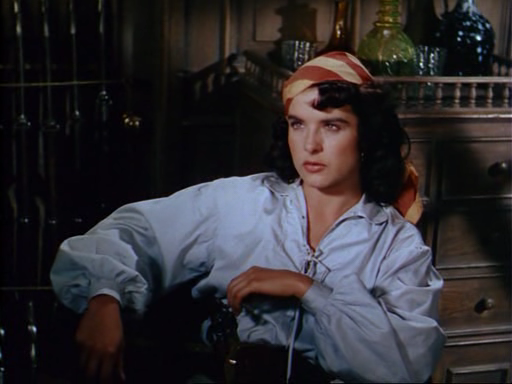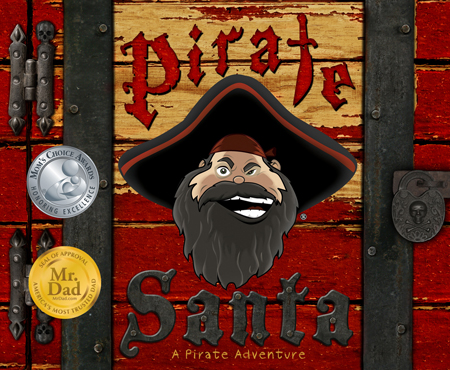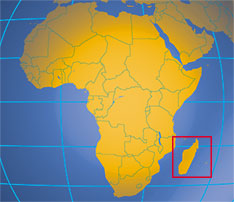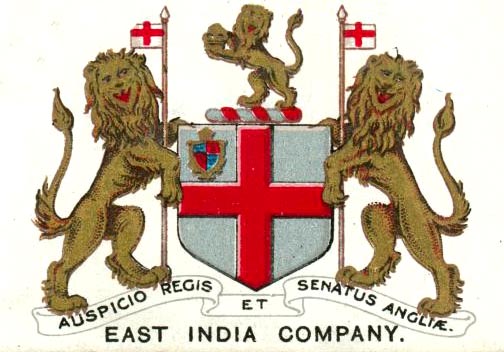This past Saturday, I
attended a land-locked pirate festival in the tiny, tiny town of Mishawaka
Indiana. The Indiana Pirate Festival is in its third year. It was my third
different all-pirate venue, and comes highly recommended.

First things first – the bad.
Mishawaka is not a big place, and its proximity to the much larger City of
South Bend makes it hard to find. In addition, the state of Indiana does not
have the best road signage in the world. Be prepared to keep a sharp eye out
when driving here.
I managed to get lost,
and arrived late. Information about the fest had not listed a street address,
only that it was taking place at the “BK Club.” Coming into town, I was nervous
about overlooking a well-known but poorly-labeled venue. My fears were entirely
unfounded. The crew had thoughtfully placed a huge pirate ship in the parking
lot, and surrounded it with pirates to greet new arrivals and direct us to
unloading and parking areas.

Many willing hands helped
me into the building, and I quickly set up my vending table and changed into my
pirate costume. (After one terrible afternoon lost is southern Wisconsin, I’ll
never drive in garb again.) The fest had thoughtfully provided a changing room.
The space was one large
room, clean, very well lighted, pretty, and well-kept. A small stage - as I was walking in the two men doing a
fencing demonstration stopped after knocking something off the wall and
informed the crowd “This is a VERY SMALL STAGE” – stood at one end of the
space. Vendors took up much of the remaining area. The entrance was at the
opposite end.

I immediately noticed
that almost all the guests were wearing some effort at a pirate costume, and
most of them were home-made, rather than something purchased over the internet.
This gives a fest a real bonus. When the visitors get into the spirit and make
an effort, everyone has a better time.
The two swordsmen – The Rogue
Blades - managed to get through their act without killing each other or doing
any more damage, and received a hearty round of applause. Rows of folding
chairs provided seating for about 30 people. Most remained in place as the next
act, Drunk and Sailor, began to sing sea shanties.
 I chatted with the folks
in the booth next to me. They were member of the Great Lakes Pirates, taking
portraits and offering pirate maps to promote their online magazine. We chatted
about pirates, and I also engaged passersby in an effort to sell my wares –
Books 1-3 of The Pirate Empire, and my non-fiction book, Pirate of the Golden
Age.
I chatted with the folks
in the booth next to me. They were member of the Great Lakes Pirates, taking
portraits and offering pirate maps to promote their online magazine. We chatted
about pirates, and I also engaged passersby in an effort to sell my wares –
Books 1-3 of The Pirate Empire, and my non-fiction book, Pirate of the Golden
Age.
Almost at once, a
gentleman bought one of each for his girlfriend, young woman in a pirate/renaissance
costume. She wanted each book autographed, and it was fun to oblige. While I
was doing that, another individual wanted to buy some of my table decorations.
No way!
Other vendors included
two weapons dealers, someone selling wooden swords and pistols for the small
fry, a handmade soap dealer, a pirate-themed pachinko game, a corset-maker,
fantasy themed knickknacks, a Tandy leather store, one jewelry maker, and a booth
called Steampunk Sweethearts, selling old-time jewelry, beautiful old books,
and other fine things.
All in all, a good mix of
vendors. All the products seemed well-made and nicely displayed. Pirates were
going crazy in the weapons dealers, (just like we always do) but there was plenty
of non-pirate items for the general public.
People moved through at a
regular pace, smiling, talking and seeming to enjoy themselves. I saw not only
pirates, but a wide variety of fairy princess, and four dragons (one of whom, a
very patient Akita dog, won Ooohs and Aaahs of approval from the guests.)
 |
| Drunk and Sailor |
The next event on stage
was a demonstration of black-powder guns, tough to do in a place where the
weapons could not be fired, but it was exciting for me to see the genuine old
guns, and unloaded muskets were passed around to the crowd.
My own act was up next. I
presented “What’s in the Pirate’s Chest?” a look at some of the real items that
a real pirate might have been carrying in 1715. My audience was small – I admit
that what I was doing was less exciting than the singing, but the kids were
attentive and afterwards several adults told me how much they had enjoyed it. I
also sold more books.
 A beautifully-dressed
group promoted a local renaissance fest. The pirates raffled off many lovely
items, and the crow looked happy all day. I took some time to speak to one of
the organizers, who told me that the first event had taken place in early
December, and that few folk had attended. They didn’t seem to be having that
problem this time.
A beautifully-dressed
group promoted a local renaissance fest. The pirates raffled off many lovely
items, and the crow looked happy all day. I took some time to speak to one of
the organizers, who told me that the first event had taken place in early
December, and that few folk had attended. They didn’t seem to be having that
problem this time.
A group called Red Rum
offered some beautiful ballads, and then the groups cycled through again. The
site had a kitchen serving hot sandwiches, and a basement venue selling beer.
Beer can be problematic at a pirate fest – in St Augustine, over 50 people had
to be thrown out because of behavior unbecoming a pirate. Here, everyone was
fine. As the day wore on, more voices were raised to sing along with the bands,
but that was all.
I had a wonderful time,
my books and my presentation were praised, and I sang until I was hoarse. A
couple of pirates danced and Irish jig. The event ended at 6pm, though a pirate
party was scheduled for later that night. I only wish I could have attended.
But the long drive home was calling me. I offered a hearty good night to my new
friends and drove off into the sunset.
I’ll be back next year.
You should plan on it, too.







_01.jpg/220px-Peters,_Jean_(Anne_of_the_Indies)_01.jpg)










